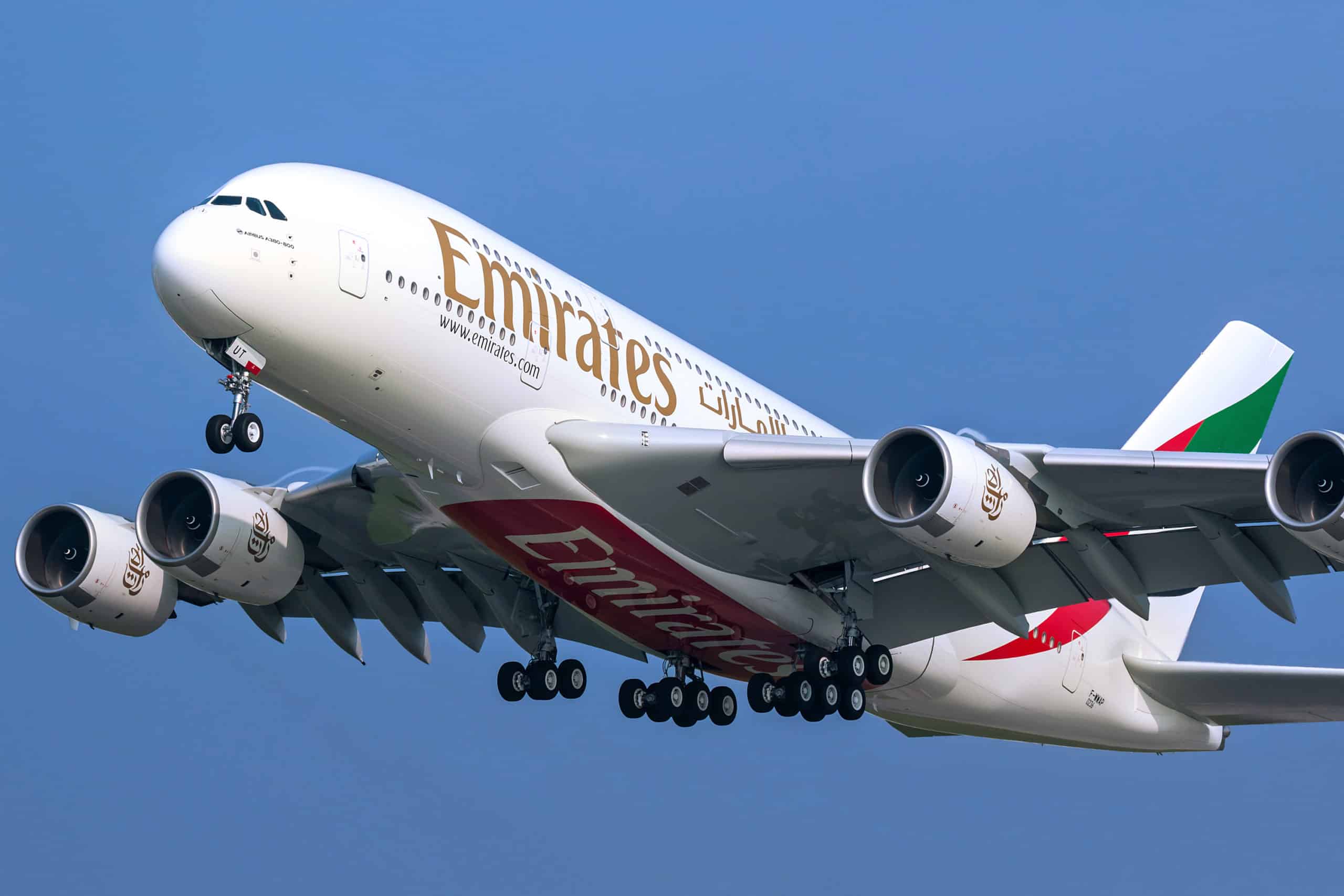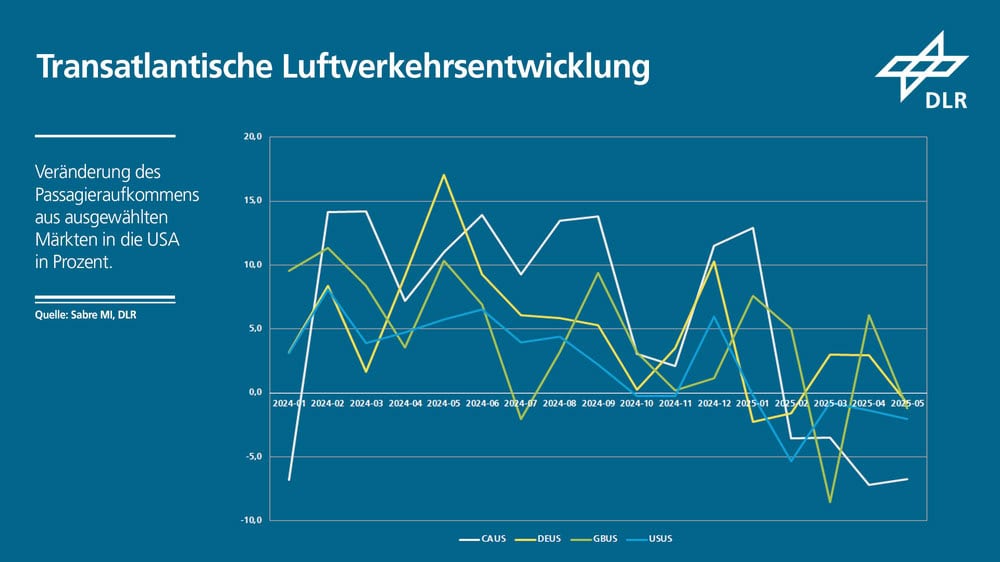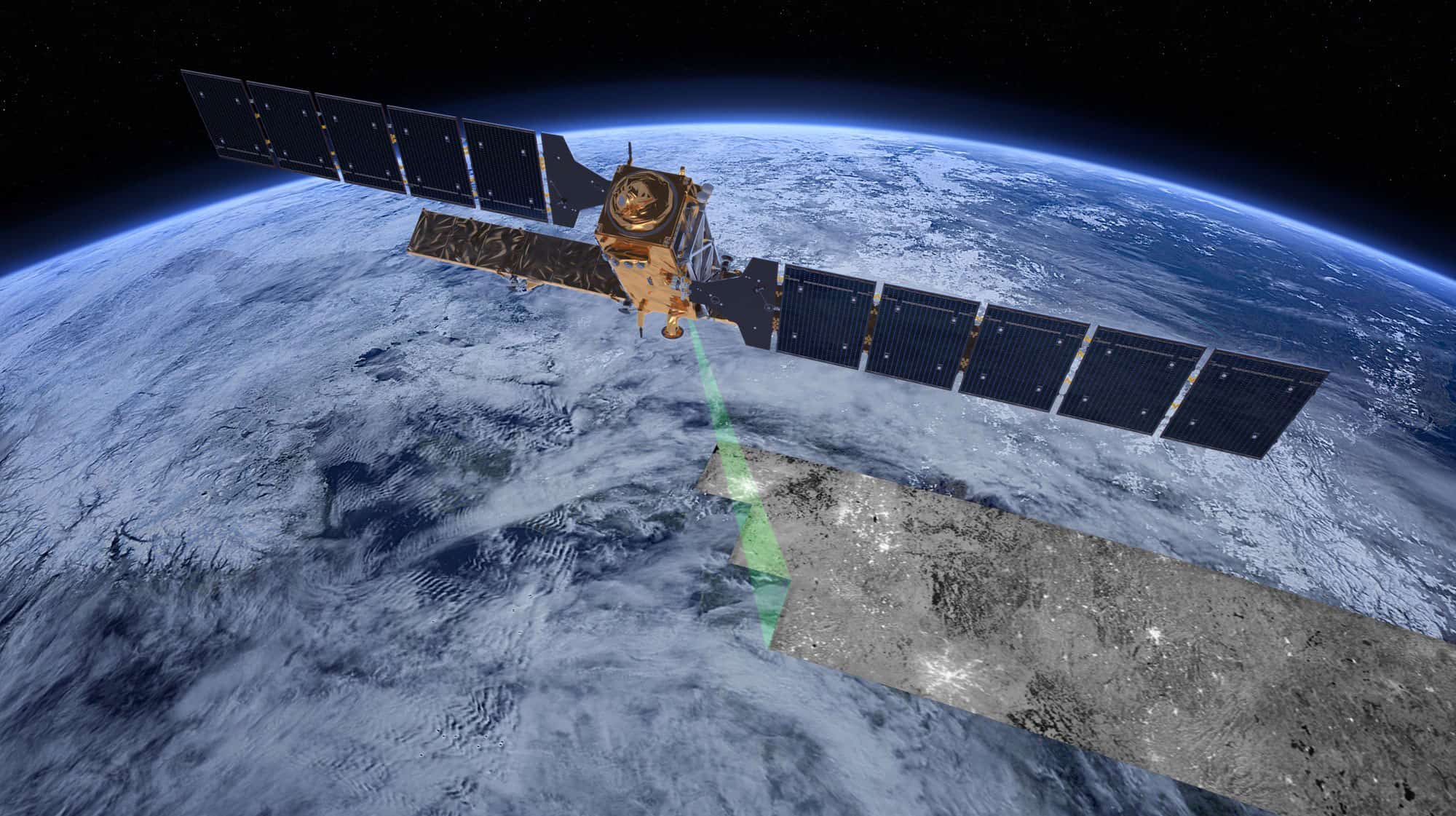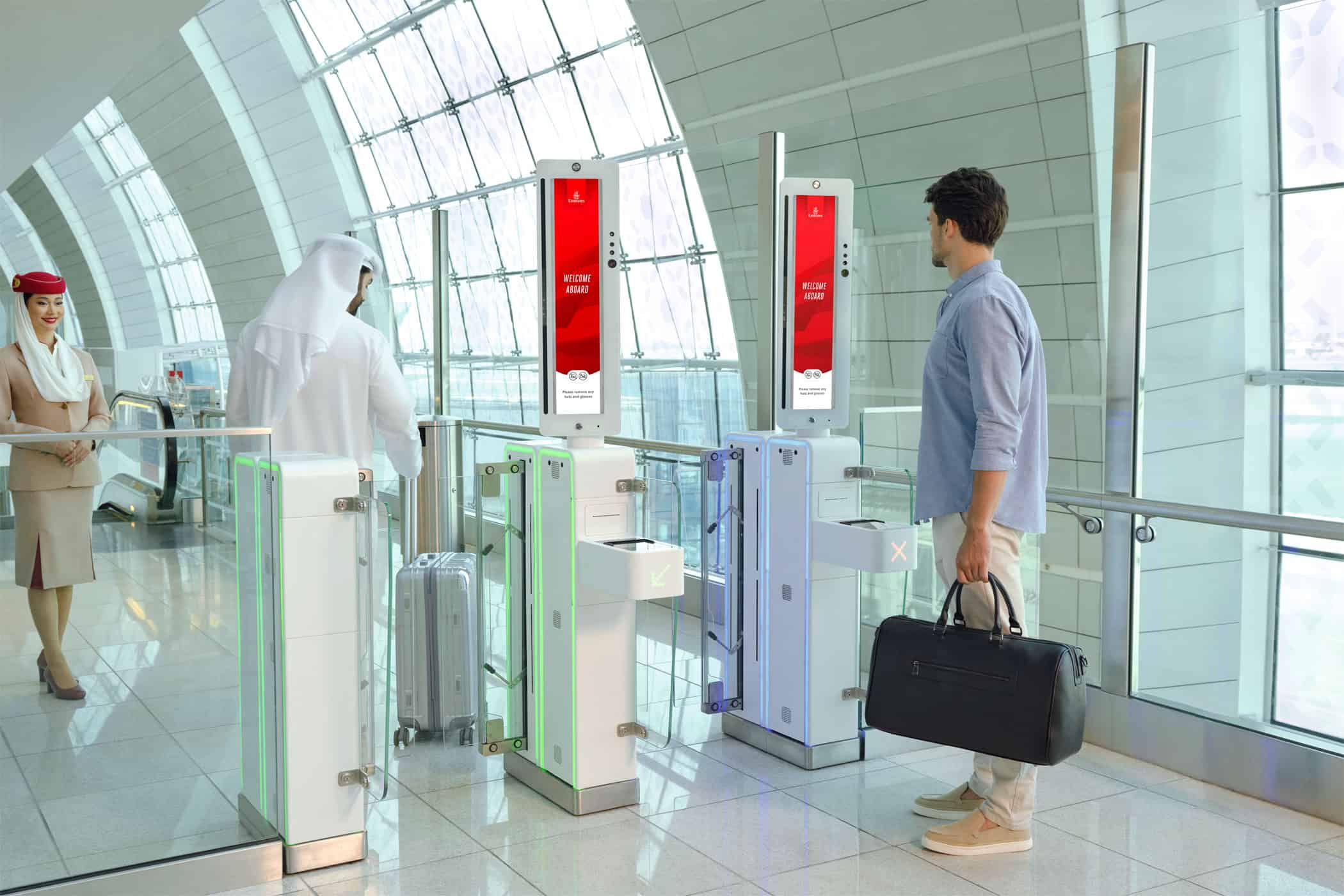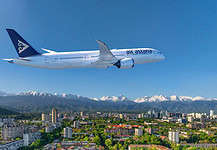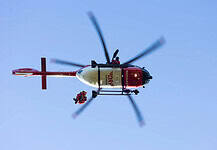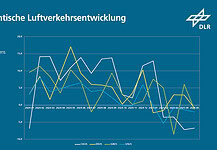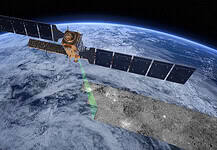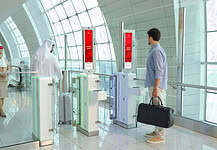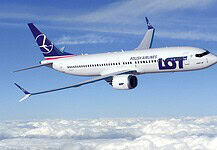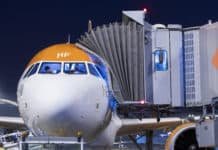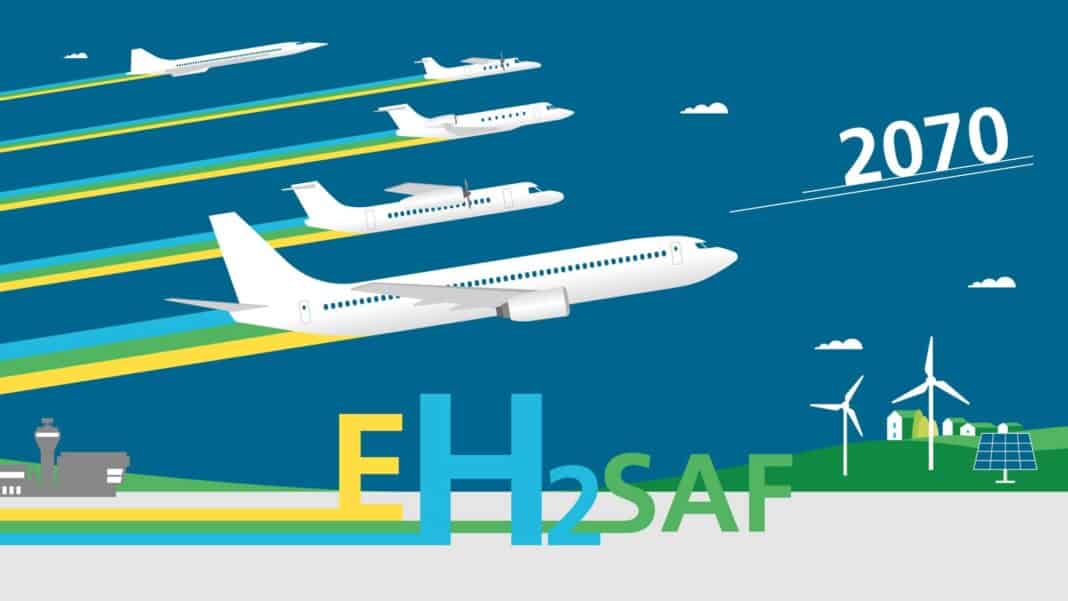
This site is also available on:
Deutsch
With the project “DEvelopment Pathways for Aviation up to 2070” (DEPA 2070), the German Aerospace Center (DLR) has presented a comprehensive analysis of future development paths in air transport. The aim was to systematically assess the technological, economic, and societal impacts of various aviation developments over a period of 50 years. Despite the expected growth in global air traffic, the results show that significant CO₂ savings are possible compared to 2025. In the conservative scenario, emissions per 100 passenger kilometers could be reduced by around 23 percent. In the progressive scenario, which considers the early deployment of hydrogen-based and battery-electric propulsion systems, savings of up to 89 percent are conceivable. A key component of both scenarios is the increasing use of sustainable aviation fuels (SAF). In combination with new aircraft technologies, these could enable the onset of more climate-friendly aviation as early as 2030.
“Aviation will remain a key economic driver in the long term – its growth will continue,” says Dr. Markus Fischer, DLR Executive Board Member for Aeronautics. “It is crucial that we succeed in reconciling climate protection with growth. The scenarios examined in DEPA 2070 show that CO₂-neutral air transport is possible if we set the course today and systematically advance new technologies.”
The results of DEPA 2070 provide an important basis for strategic decisions in air transport in the coming decades. The study enables authorities and policymakers, as well as the aviation industry and industry, to draw on well-founded scenarios and practical solutions to make air transport sustainable, competitive, and future-proof.
Development paths up to 2070
The project focused on two alternative future scenarios for different market segments, such as mainliners, regional aircraft, small aircraft, business jets, and supersonic aircraft. The conservative scenario assumes moderate, gradual technological progress. The progressive scenario, in contrast, assumes a more rapid market entry of new zero-emission technologies. Both scenarios were modeled taking into account projected growth in global air traffic, which is expected to double by 2070. In addition to findings from the previous study DEPA 2050, external factors such as population growth, energy prices, and geopolitical changes were also considered.
Doubling of value added and employment expected
In addition to the ecological aspects, economic and social effects were also examined. The global gross value added generated by air transport could double from the current level of around €1.1 trillion to approximately €2.2 trillion by 2070. The number of employees in the aviation sector is also expected to increase – from approximately 17 million today to more than 37 million worldwide.
New mobility solutions for shorter journeys
New mobility concepts also offer great potential. DEPA 2070 demonstrates how hybrid-electric short-haul aircraft, more efficient airport access, and supersonic connections could make travel more flexible and faster in the future. “Especially on intra-European routes, combinations of small regional aircraft and express connections could save an average of more than four hours of travel time compared to today’s travel chains,” explains study leader Alexandra Leipold from the DLR Institute of Air Transport. “These developments could not only increase the competitiveness of air transport but also improve accessibility to structurally weak regions.”
Future of aircraft fleets
The project evaluated new aircraft concepts from technical and economic perspectives for all categories defined by the International Civil Aviation Organization (ICAO) – from short-haul to long-haul. The results revealed a significantly growing demand for new aircraft – due both to the projected increase in demand and necessary fleet renewals. While sustainably produced aviation fuels are considered the most important technology in the conservative scenario, liquid hydrogen takes on the central role in the progressive scenario. The share of battery-powered and hybrid-electric aircraft remains limited, but grows significantly, especially in the progressive scenario – despite the range limitations that still exist today. They could therefore offer a viable alternative to car traffic in the future, especially for private and business travel.
Infrastructure in transition
The introduction of new technologies also brings new demands on airports and supply systems. Strategic decisions will be required in the coming years – for example, regarding the future use and distribution of hydrogen, SAF, or electricity at airports. While planning certainty is essential in the short term, the phase of concrete investments begins in the medium term. In the long term, it will be a matter of providing sufficient capacity for alternative energy sources and new aircraft types.
This transformation requires close and coordinated cooperation between all stakeholders in the aviation system. DLR researcher Alexandra Leipold emphasizes: “DEPA 2070 provides, for the first time, a comprehensive picture of possible future paths for aviation. In doing so, we are creating a robust foundation for political decisions, investments, and research. The major challenge now is to actively shape these scenarios and jointly develop viable solutions.”
Building on the findings of DEPA2070, the follow-up project “DEPA – ext.” (DEvelopment Pathways for Aviation – extended) has already been launched. This project will further investigate which uncertainty factors – such as capacity bottlenecks, global supply problems, or structural changes in the air transport network – could impact the air transport system by 2070.

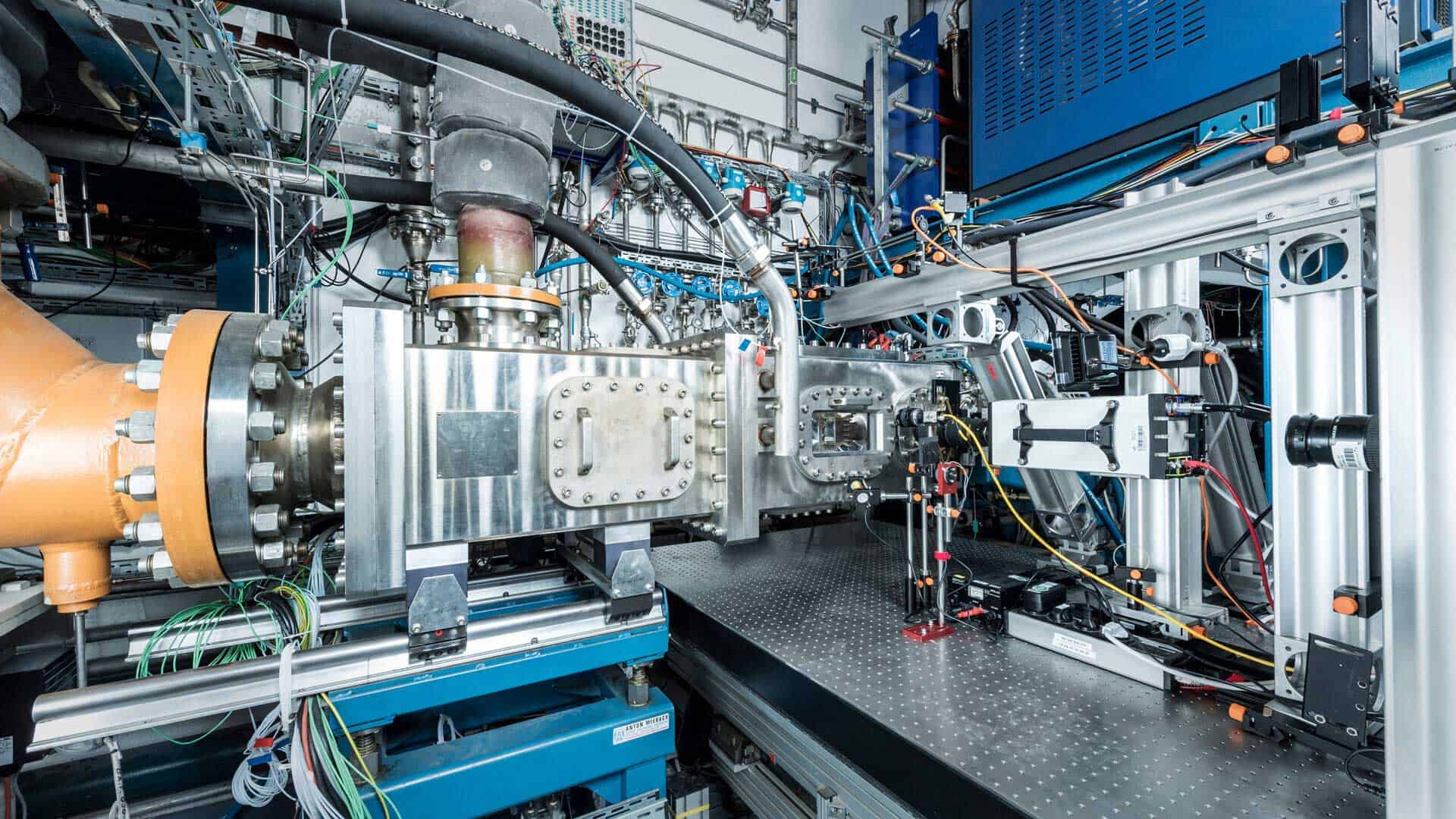 Sustainability in aviation: SAF research on climate reduction (Sustainability in aviation: SAF research on climate reduction)
Sustainability in aviation: SAF research on climate reduction (Sustainability in aviation: SAF research on climate reduction)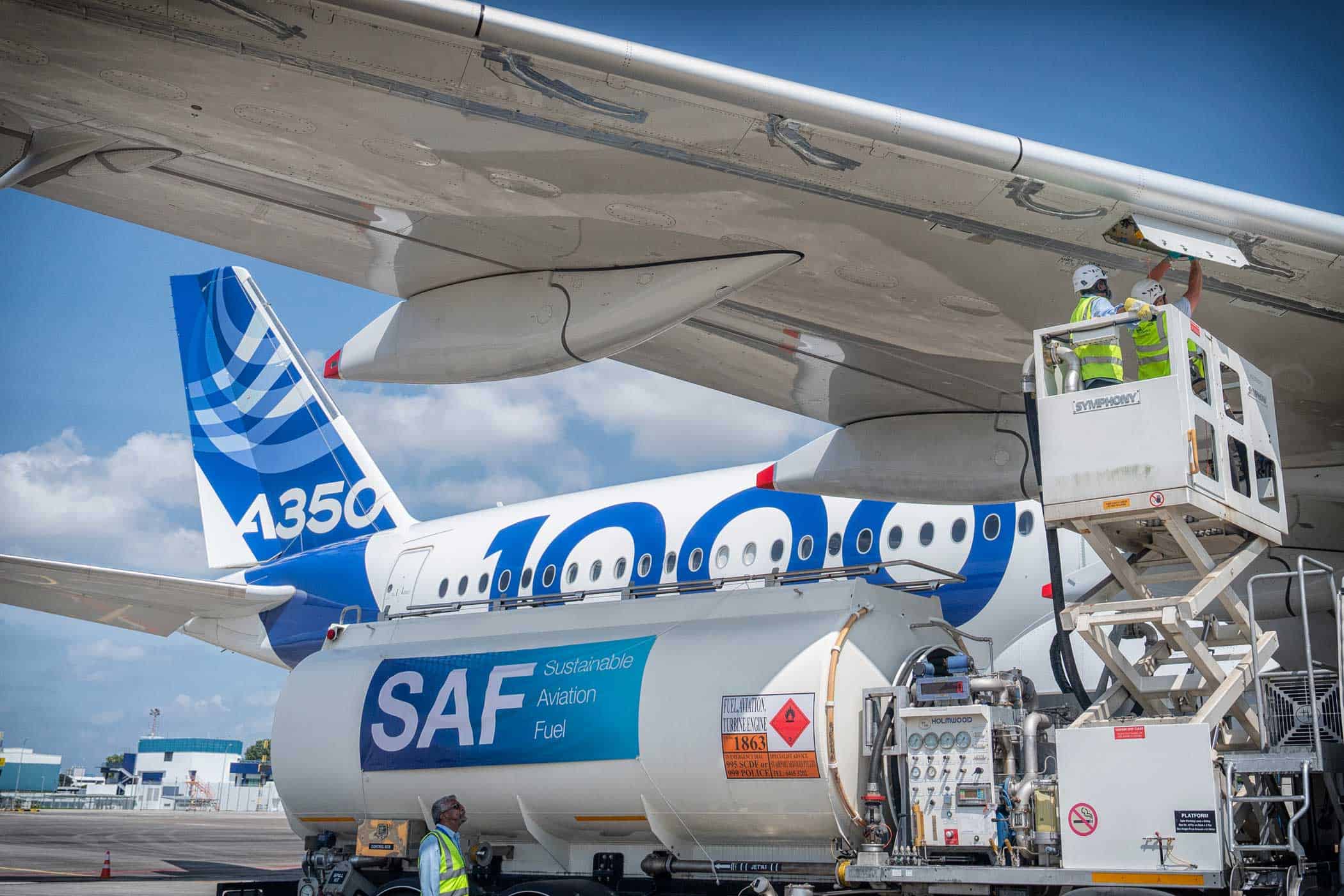 SAF distribution: Airbus promotes sustainable aviation fuel (SAF distribution: Airbus promotes sustainable aviation fuel)
SAF distribution: Airbus promotes sustainable aviation fuel (SAF distribution: Airbus promotes sustainable aviation fuel)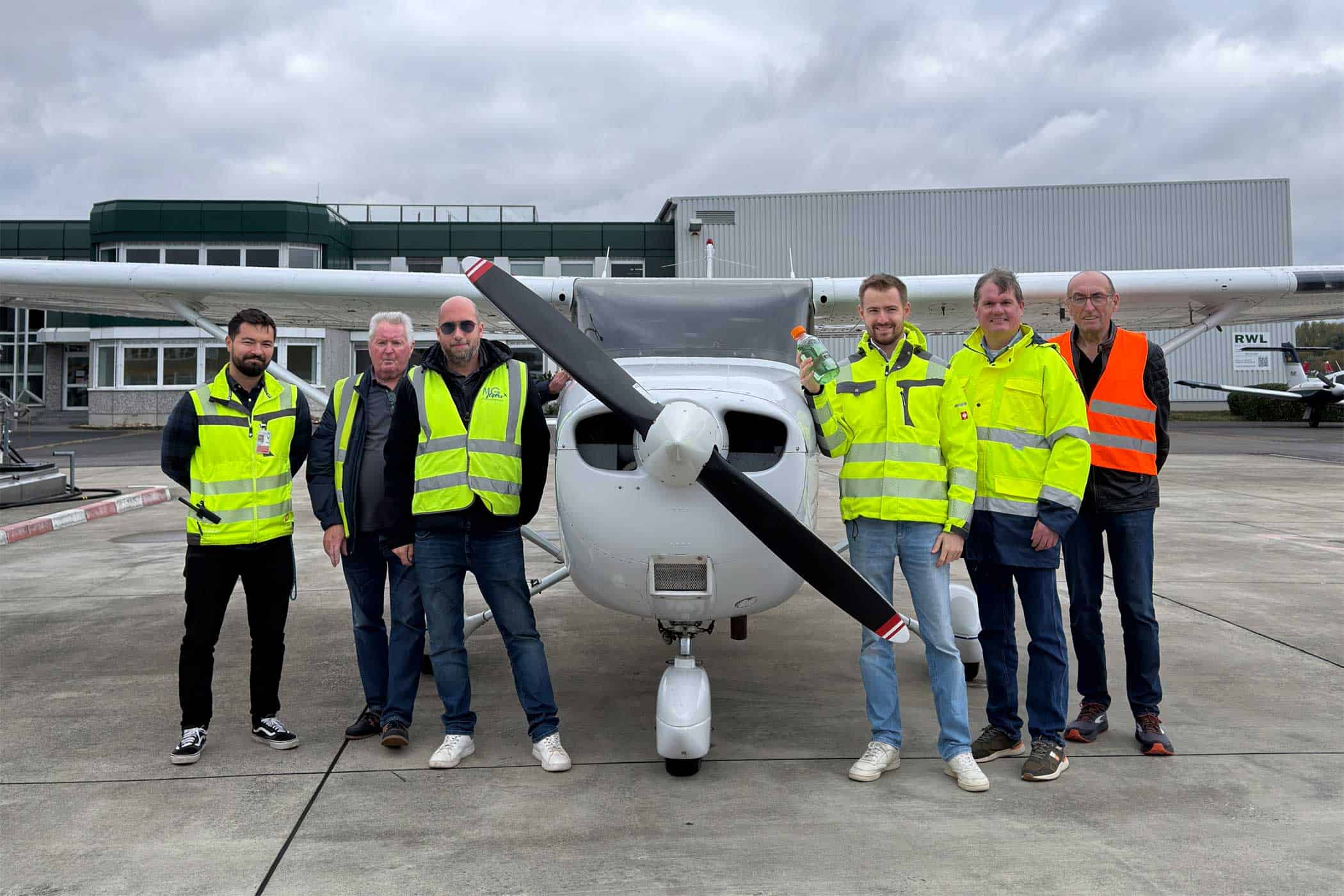 New aviation fuel Swift 100R at Mönchengladbach Airport (New aviation fuel Swift 100R at Mönchengladbach Airport)
New aviation fuel Swift 100R at Mönchengladbach Airport (New aviation fuel Swift 100R at Mönchengladbach Airport)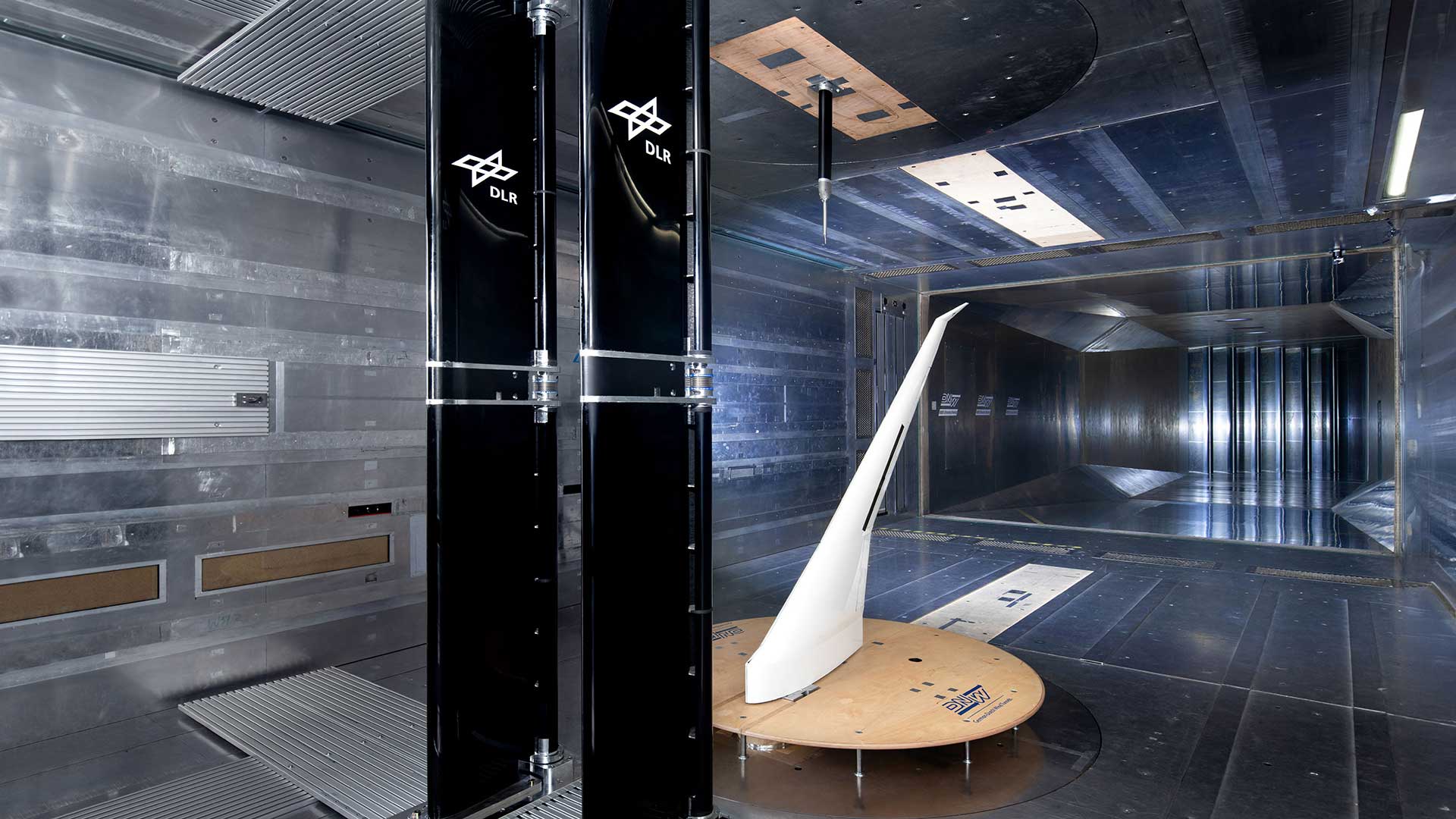 Fly efficiently thanks to new load control systems (Fly efficiently thanks to new load control systems)
Fly efficiently thanks to new load control systems (Fly efficiently thanks to new load control systems)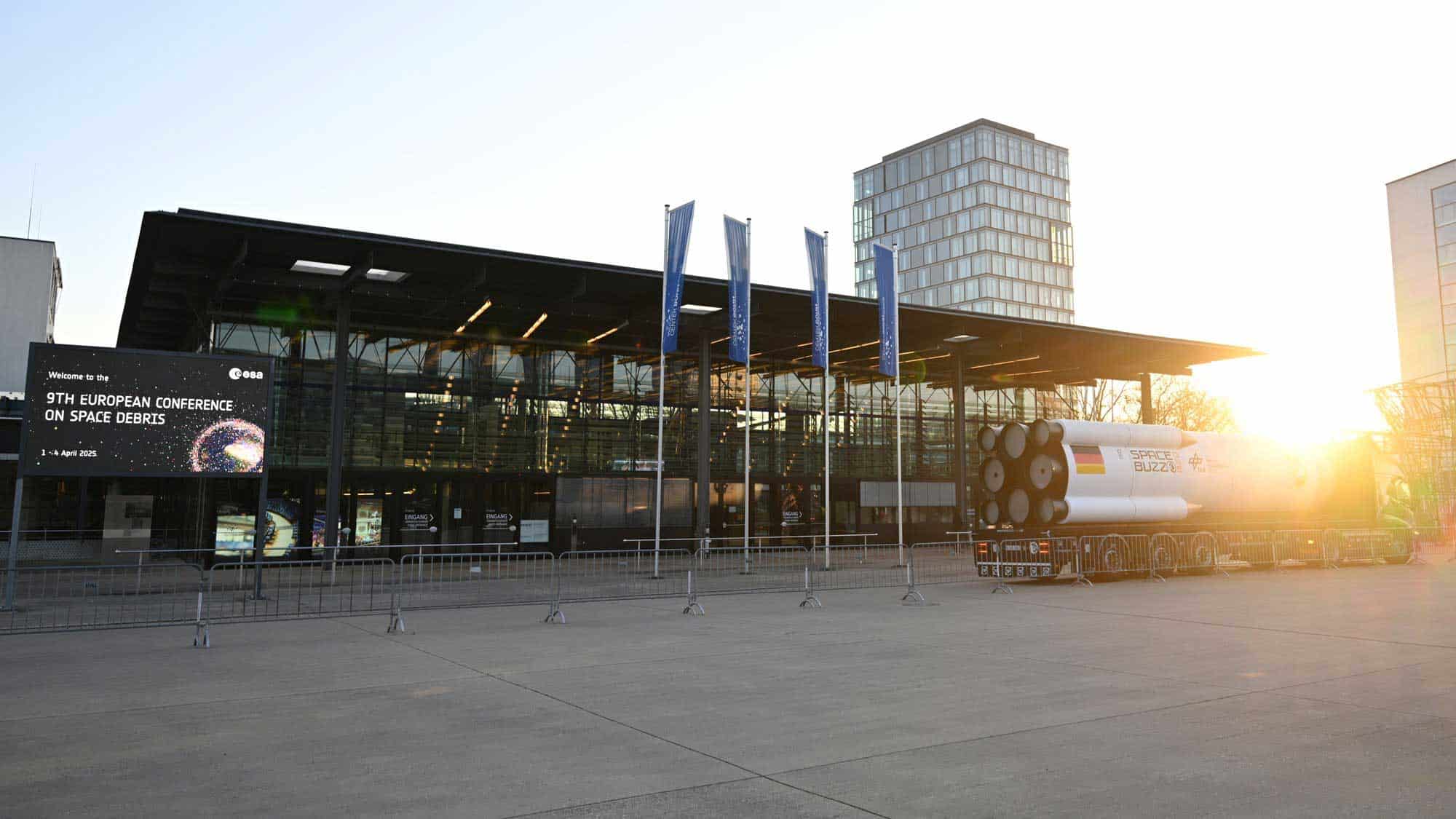 ESA & DLR organize international conference on space debris (ESA & DLR organize international conference on space debris)
ESA & DLR organize international conference on space debris (ESA & DLR organize international conference on space debris)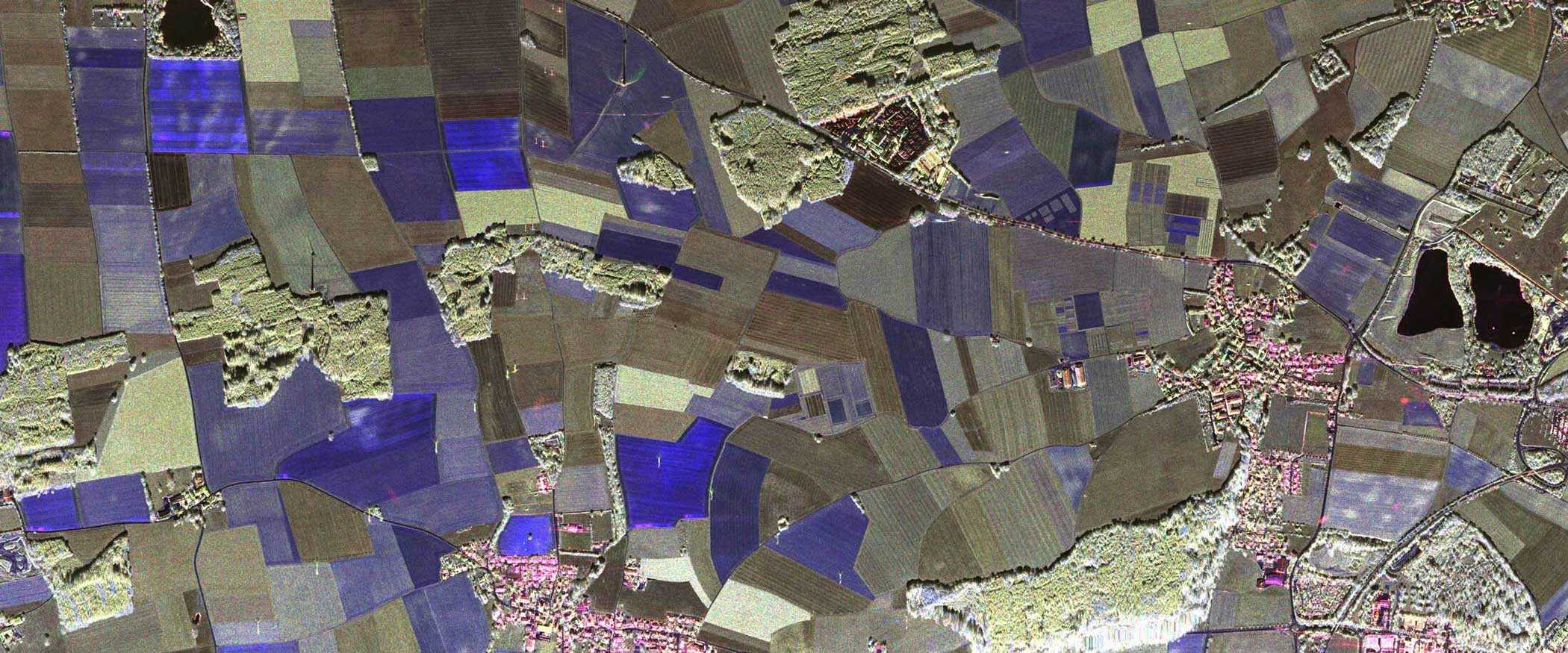 CROPEX25: Future of agriculture explored through satellite and soil data (CROPEX25: Future of agriculture explored through satellite and soil data)
CROPEX25: Future of agriculture explored through satellite and soil data (CROPEX25: Future of agriculture explored through satellite and soil data)